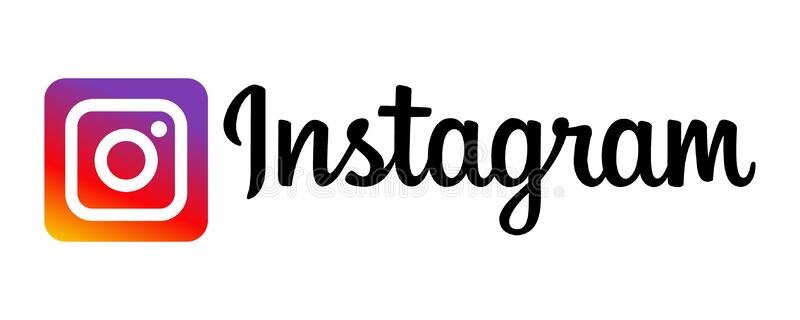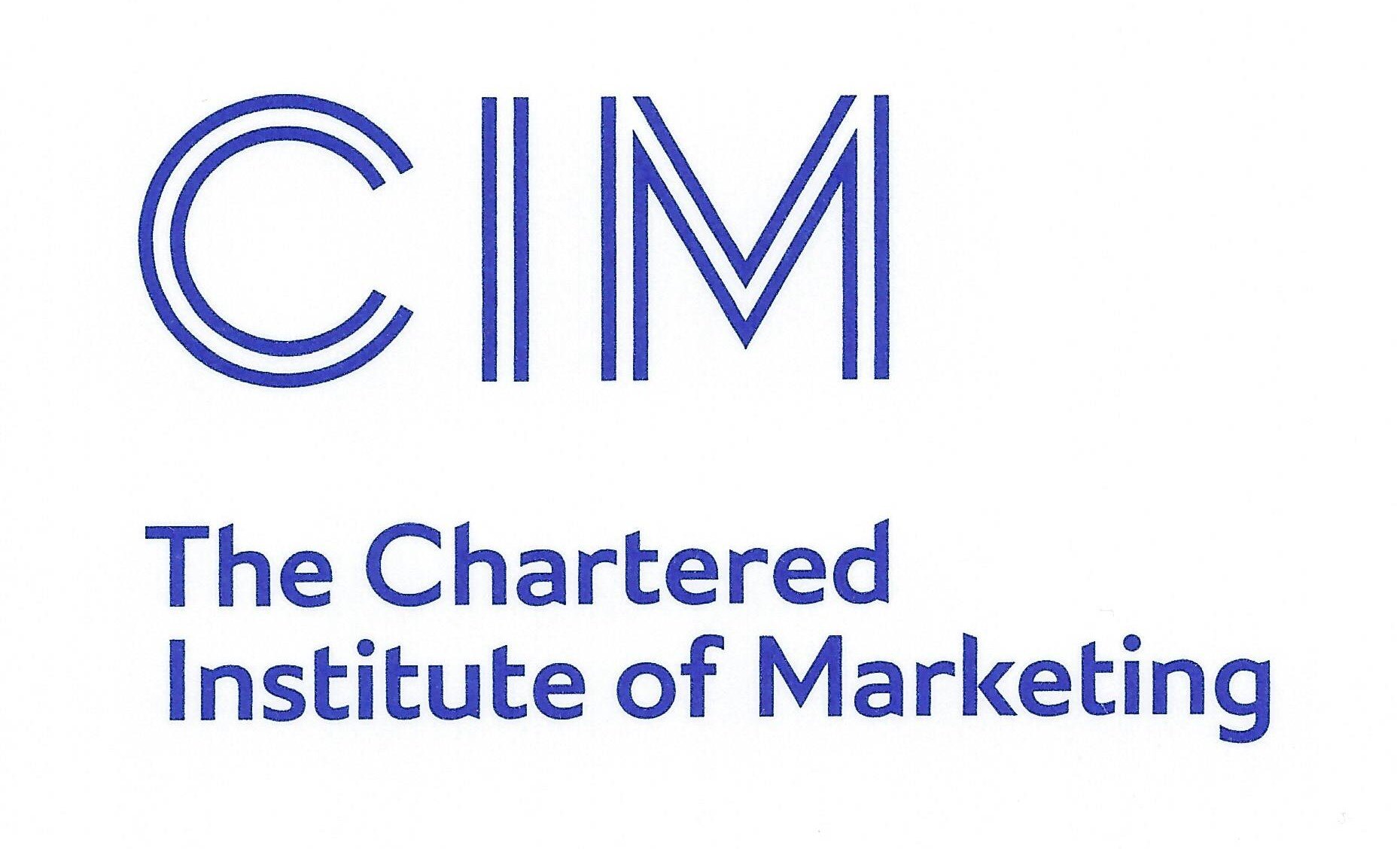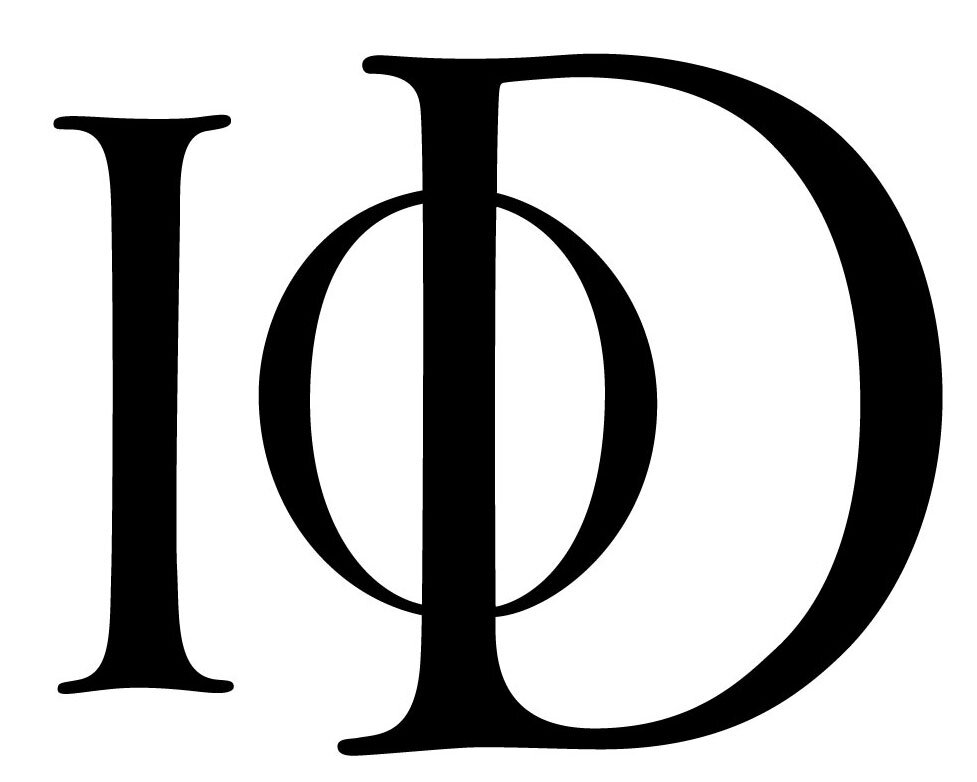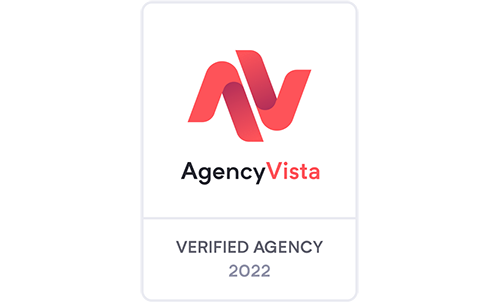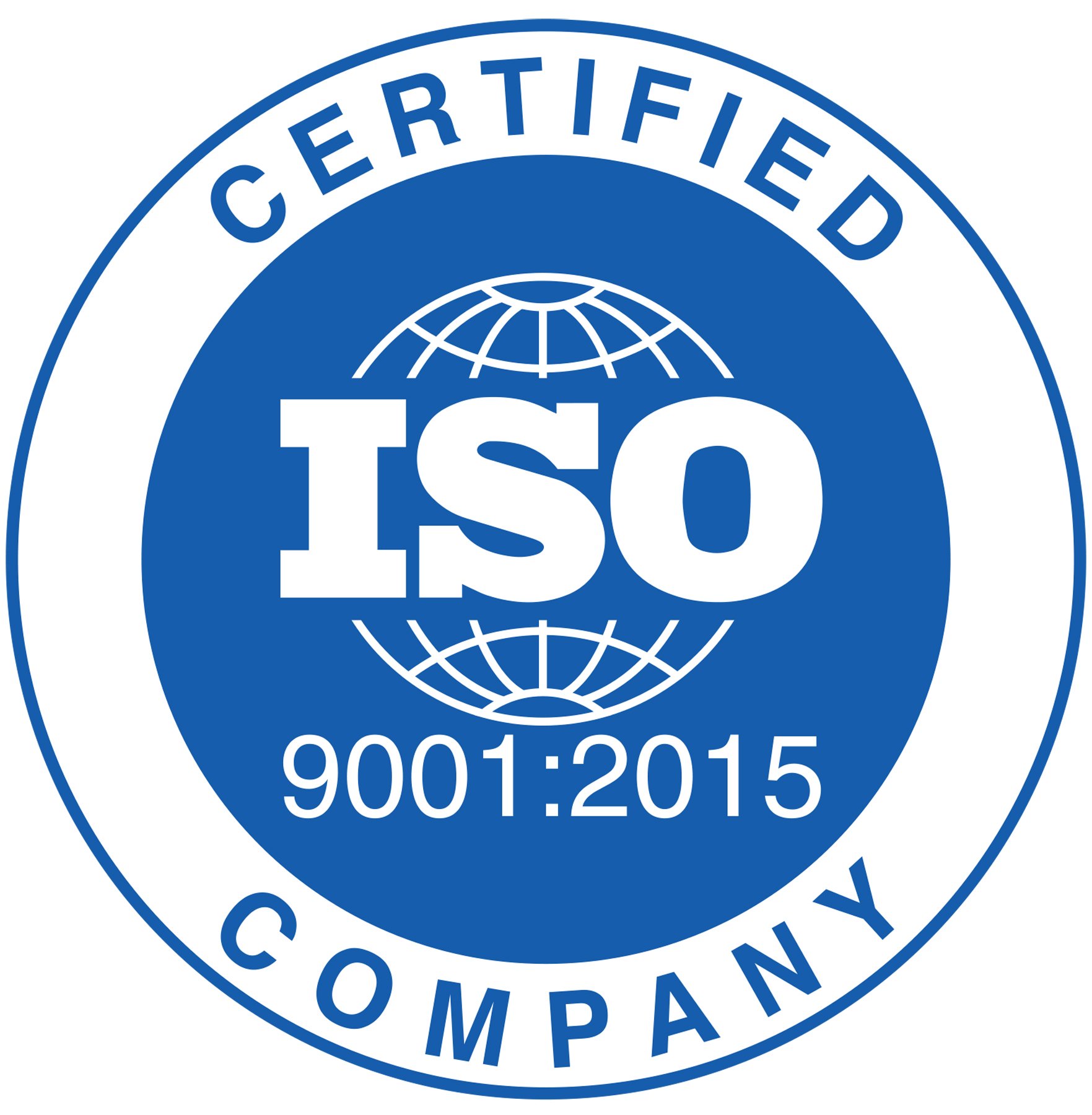As new digital marketing technologies become available almost every month and customer media consumption behaviour changes more rapidly than ever, splitting marketing budgets wisely and choosing the right channels to share the right message to the right customer can become a real hustle for most businesses. Fortunately, there is one approach that can set you on the right track and enable you to take the best marketing decisions, in an agile way, turning you into the Rockstar in your team. This approach is called “SOSTAC”©.
This article will shine a light on how a modern marketing approach can be implemented in a straight-forward manner, enabling you to make smart, efficient decisions and generate outstanding results.
SOSTAC is a marketing strategy framework developed by PR Smith during the 90’s, allowing you to plan and design your campaign in a structured way, giving you a comprehensive and informed basis on which you can take all the necessary actions. It stands for “Situation, Objectives, Strategy, Tactics, Actions and Control” and it helps creating a fluent plan that can be easily followed, presented and implemented for getting maximum, tailored results.
When applying this framework to your organisation (or on a smaller scale, to your product campaign), it is very important to take into consideration the factors influencing your decision making on the exact level you will be taking action. In other words, your Situation Analysis has to reflect exactly the environment in which your company (large scale) or product (for a smaller scale campaign) is living in, from Micro and Macro perspectives.
Image credit @SmartInsights
For the Situation Analysis, useful tools that you can use for identifying the context in which your campaign will be developed are:
1. The Product Lifecycle Framework - which gives you insight into where you / your product are from a maturity / growth perspective.
2. PESTLE - A useful framework for analysis your external environment
3. The 7 P’s Model, used for gaining an insight into your product positioning. From here, you can find out your competitive advantage (if you don’t know it clearly already) by mapping the results against a “Porter’s 5 Forces” model.
4. The SWOT analysis summarising all findings from this stage.
Objectives:
The key to getting the best results is, as we all know by now, having a crystal-clear vision upon what we want to achieve. To get this, we suggest designing between 2-4 SMART objectives that fuel the marketing decisions.
Strategy - How are we going to turn our objectives into reality?
At this stage, we don’t need to go very deep into detail, but we want to make sure we are clear about what will drive our competitive advantage. Will this be the Price? Super-High quality? Over-the-top Service? If you are not very clear on this, Porter’s Generic Strategies framework is always a good place to start.
Provided we are now happy with the strategy direction, we have to think about who is our target market, and how we will best reach them. Good questions fore establishing this are:
1. What criteria is most appropriate to be used for segmenting the overall population? Demographics, Behaviours, Geo-Demographics? A mix? 2. Which segments should be targeted by our message? 3. Will we target all our chosen segments the same way, or we will have different messages/channels of communication for each?
Pro tip: As marketing is becoming more and more targeted and technology advances faster than ever, it is becoming essential for marketing communications to be as tailored as possible. Therefore, a differentiated approach is most advisable and there are multiple tools which can be used (mainly in the digital world) to target customers with personalised messages. We will get in more detail on this in the “Tactics” section.
4. Which channels are most suitable in order to reach our target customers the best? How would a Marketing Mix look like? Will it include Advertising? Will it be Online? Offline? At Events?
Pro tip: Usually, a mix of online and offline is most advisable to be used. As it is becoming more and more difficult for messages to cut through the “noise”, both B2B and B2C marketing has seen a major switch to online mediums as they allow advanced targeting, offer better tracking of results and are more cost-effective.
Remember, at this point we only want a view on the campaign direction, not the detailed actions, so answering these simple questions will keep us on the right track and offer us the insight needed for choosing the optimum tactics for reaching our goals.
Tactics - Here comes the detail!
In order to gain a better insight into how we want to shape our campaign and which drivers for competitive advantage are best to be brought forward, the best place to start is, again, the 7 P’s model: Product, Place, Price, Promotion, People, Physical Evidence, Process.
Image credit @customshow.com.
We can look at our core and Augmented product offering, pricing strategy, and ultimately go into more detail with the Marketing strategy (push/pull/profile) and Marketing Communications Mix outlined previously. It is now a good moment to look at which channels are best to be used for our target audience and message we want send out, as well as possibly make the first budget split and even a campaign scheduling draft. Don’t be shy - that’s the part where you go “crazy”, so feel free to let your imagination go far, design campaign ideas and integrate all the channels you know would have the best return for you.
Actions:
Fun times! We are now all clear on our objectives, strategy and which marketing tactics to use in order to reach our dream results! However, as people and the organisation we are activating in / are designing a campaign for, play an essential role in the process as our Marketing plan develops, we need to set the parameters that can guarantee us success.
At this stage, we will therefore establish which people in the organisation need to do what, at which stage, what internal resource is available and what needs outsourcing. We will also look at what processes need to be put in place and how the company’s Management and Leadership approach fits in the whole picture. A good framework to use for mapping the Actions is McKinsey’s “7 S’s”.
Control:
Congratulations! You’re nearly done, and all prepared to surprise your team with a “rockstar” Marketing plan! There is, however, one aspect that needs establishing before jumping into the pitch! This is the controlling actions of the plan, which will help monitoring and adjusting the tactics and actions along the way to maximise results. These will also show and measure the generated outcome. When designing this stage, you can think about Marketing Metrics to be used, KPI’s, Balanced Scorecards and Reporting processes providing data.
The beauty about using the SOSTAC approach, is not only it is easy to follow and build on the basis on, but it can also be used for assessing a current company Marketing situation and adjust in a well-informed manner.
At Marketiu, we often use variations of this method depending on different businesses’ needs, and we have obtained continuous success through Marketing channels integration and optimisation, optimum scheduling and on-spot control, tailored to the last detail to each of our clients.
While this is a framework overview, there are specific details and “tricks” that can be used, as well as certain digital targeting and engagement vehicles that can boost your brand, massively increasing engagement and sales. Would you like to apply this framework and develop a more powerful Marketing Strategy for your Brand or Organisation, but It’s lack of personal time or internal resources that are holding you back? Give us a shout - we’d be happy to give you a hand and get you to the next level!
Think we can help? Don’t be shy, and let us know your questions @ hello@marketiu.com! Autumn is the time where most companies re-assess their Marketing activities and adjust, and sometimes even a minor change can have a huge impact.
Best of luck!
